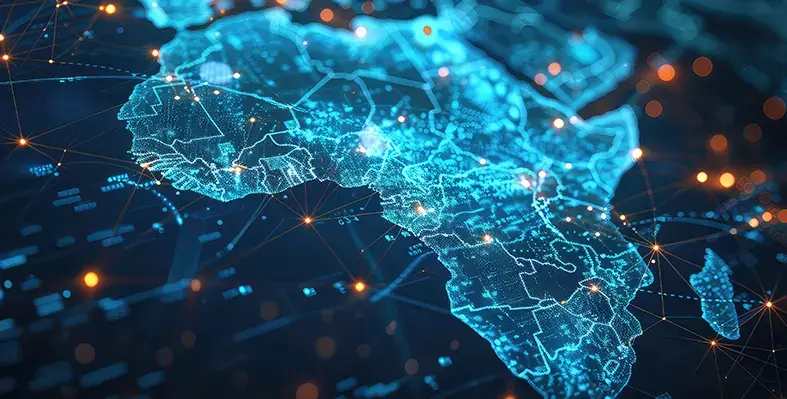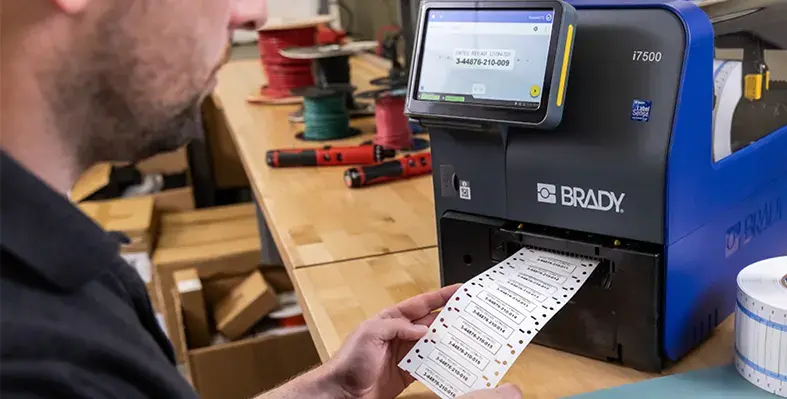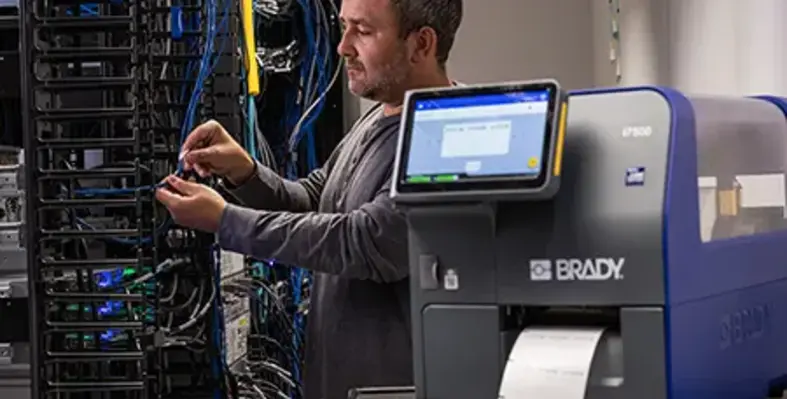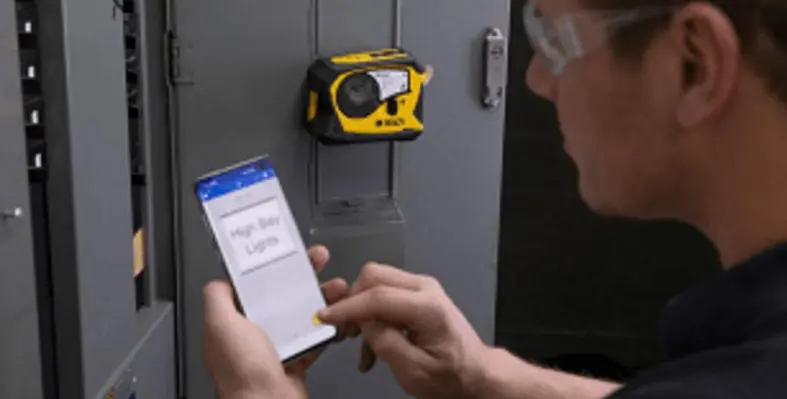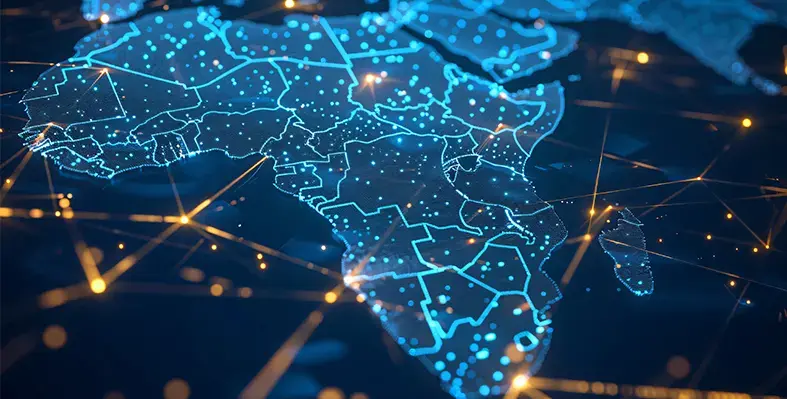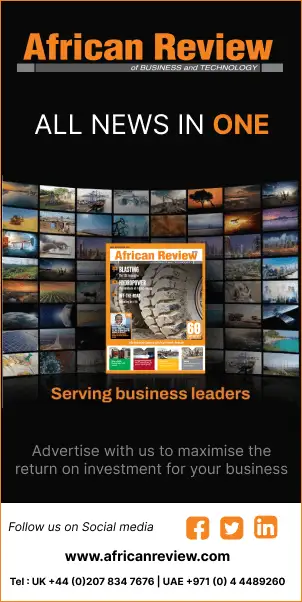Connected ecosystems are informed by nature’s penchant for collaboration and adaptation. By optimising for efficiency and sustainability, they pave the way for transformative advancements in the sector, says Thomas McCarthy, Industry Principal – Life Sciences, AVEVA
Natural ecosystems are one of life’s wonders. They show us how interconnectedness builds resilience and efficiency while spurring growth and innovation. It’s something that should inspire the life sciences industry as it tackles growing challenges around operational efficiency and regulatory compliance.
Individual trees, plants and animals cannot operate in isolation within a forest. Likewise, industrial enterprises cannot afford to have their stakeholders working in silos. Collaborative thinking, by contrast, generates benefits across ecosystems, in this case the life sciences industry.
When license holders, contract manufacturers, equipment vendors, and regulatory agencies partner across company lines, they can drive collective value and support industrial sustainability. Within a connected ecosystem supported by robust data management, standardised formats, and proactive regulatory communication, these organisations can break down barriers, enhance efficiency, and ensure seamless compliance throughout the value chain.
Digitising drug discovery to speed time to market
Taking a data-centric approach to operations enabled Pfizer and its partner, BioNTech, to develop the world’s first MRNA vaccine for Covid-19 in record time. With so much at stake during the pandemic, the global pharmaceutical leader needed to ramp up the complex process of discovering, developing, and manufacturing a new drug—while decreasing time to market. The company used advanced technologies, including a data management system in the cloud, to collect, manage, standardise and contextualise process information from across its worldwide plant network into a single, comprehensive source of truth.
Digitizing the drug discovery process gave Pfizer’s stakeholders information from different areas of the vaccine value chain anytime and anywhere. Not only has the new software made it easier to collaborate remotely, but transferring knowledge and technology between sites is simplified. For example, storage data from freezer farms enables quality checks on cold-chain integrity. Similarly, machine learning analytics can predict mRNA concentrations. And production cycle times are faster with real-time scheduling.
This shared digital ecosystem has improved healthcare outcomes at scale. As of 2022, approximately 79,000 Pfizer colleagues from around the world had come together in 125 countries, with 15 sites and 45 assets connected. More than 1.4 billion patients were treated with Pfizer products, and pandemic-linked vaccine delivery alone increased 5x. The company is now applying the successful new process to 104 research and development projects.
Eliminating silos, elevating data and supporting compliance
Pfizer’s experience shows how Pharma 4.0 technologies such as the Industrial Internet of Things (IIoT), advanced analytics, artificial intelligence (AI) and cloud computing are transforming the entire pharmaceutical supply chain.
By enabling cooperation between internal and external stakeholders, these sophisticated technologies are helping to create a stronger, more closely connected value chain. As a result of this stronger collaboration, information silos are eliminated, data management becomes more robust, and it is easier to support compliance with evolving regulations.
Life sciences executives report that ecosystem models can provide significant advantages over traditional business approaches. The majority (59%) of all life sciences C-suite executives polled in EY’s 2023 Ecosystem Survey say these models increase efficiency and reducing costs.
Likewise, more than half (54%) said they lead to the creation of new, joint products, while a similar number (55%) said the joined-up approach promotes improvements in creativity and innovation.
Ecosystem oversight on demand for better decisions
A connected ecosystem supports holistic end-to-end visibility of the entire industrial value chain. It pulls together data from different entities and puts it into context, creating a digital source of truth akin to the central nervous system in the human body. Because teams at every connected organisation have oversight of all industrial processes on demand, they can make better and faster decisions supported by empirical data and insights.
Experience from a global manufacturer of biologic medicines shows how such cross-company connectivity helps bring health care to more people around the world. Creating new drugs involves a dizzying and intricate array of equipment, often at different facilities around the world. Each unit must therefore necessarily work in silos, and exchange drug development information in laborious, time-consuming ways.
To speed up research, development and roll-out, the company pulled all this disparate information into a virtual cloud-based model at its laboratory. This solution, known as a digital twin, becomes a single point of truth. Real-time and historical data from across the network can be contextualised and analysed in one place, enabling the company and its partners to model different drug combinations and processes at a fraction of the cost.
Not only did the solution reduce the costs of running experiments at full scale, but efficiency improvements have been measured at up to 70%. In fact, pharmaceutical executives see the innovative process as the basis for a future of “lights out” continuous end-to-end processing, where the cost of production could decrease by a factor of 10 in the next decade.
A golden data thread for transformative benefits
Much like a natural ecosystem where every element works together harmoniously, the flow of data within a connected ecosystem democratises superior decision-making, enhancing collaboration and operational efficiency. Such an integrated industrial ecosystem offers similarly transformative outcomes for life sciences.
With the transparency and accessibility of a single golden data thread, everyone—from license holders to regulatory agencies—comes together on the same page, aligned around common goals. There are fewer errors because everyone works from the same source of accurate information. Processes are streamlined. And the need for rework drops.
With smoother collaboration and decision-making, productivity increases and teams can adhere to project timelines. Consistent and reliable outcomes improve customer satisfaction. And profitability rises as processes become more efficient and fewer resources are used.
Just like in nature, seamless integration leads to faster problem-solving in business, enabling industry-wide partners to tackle future challenges adroitly and confidently.






